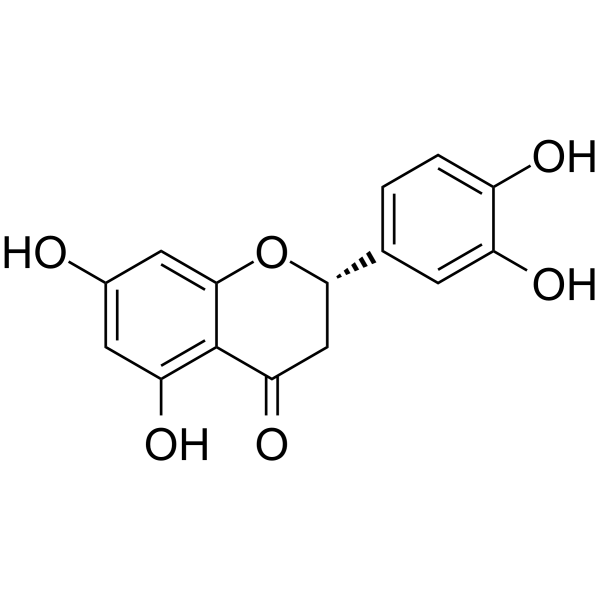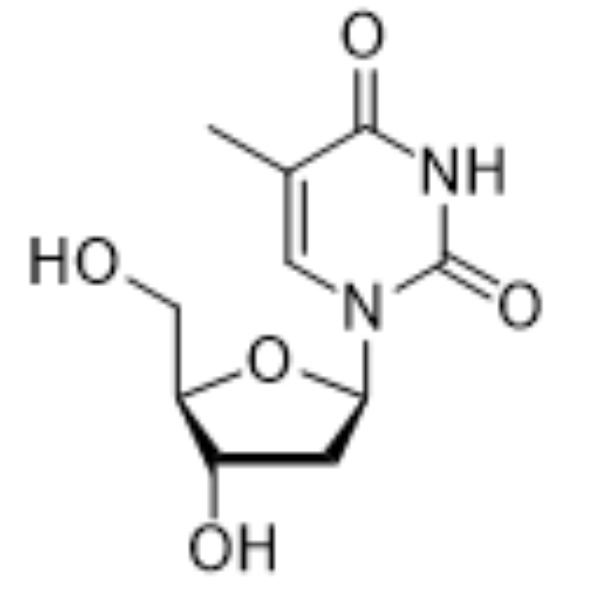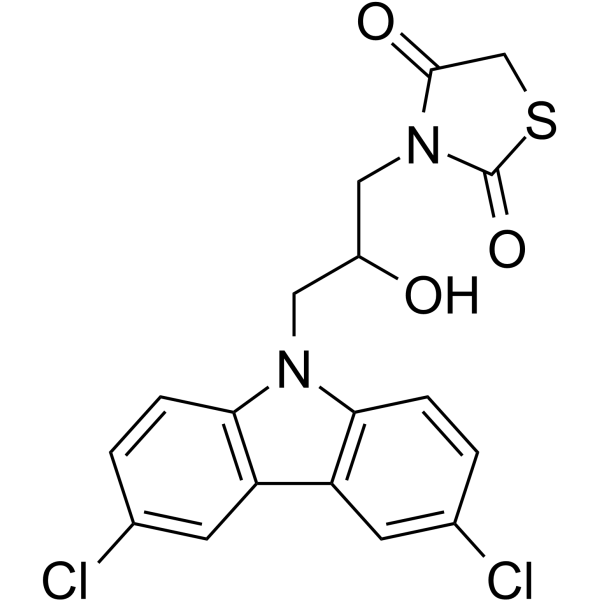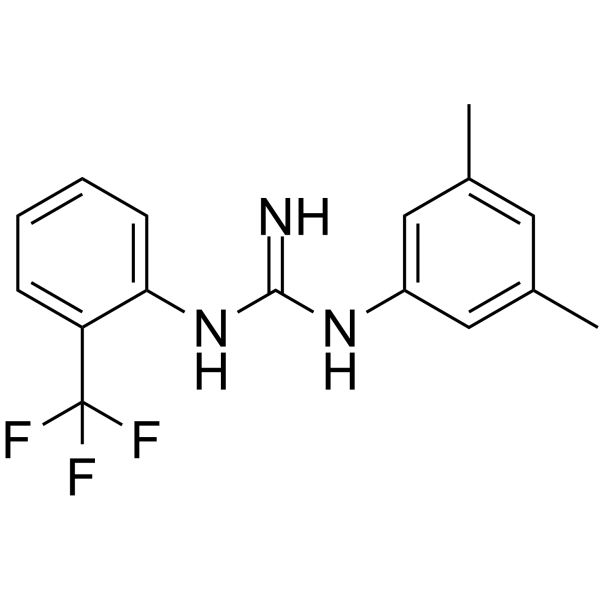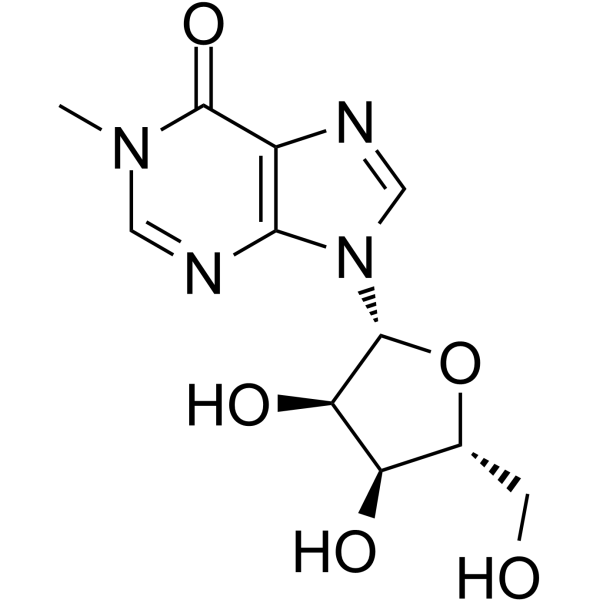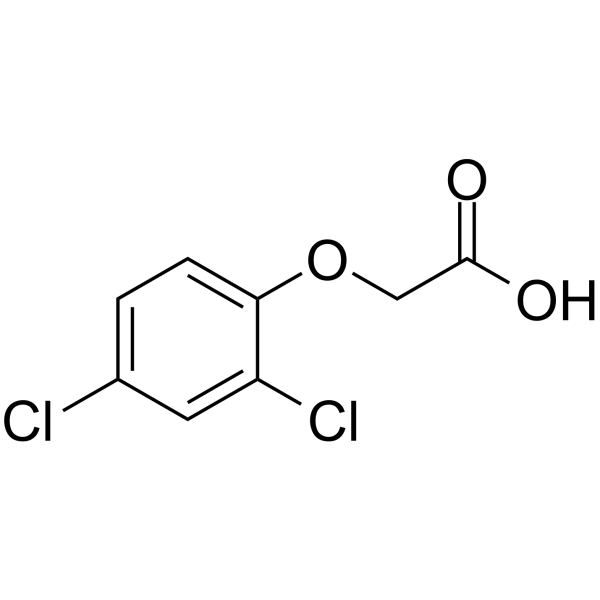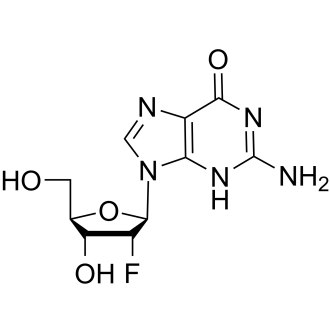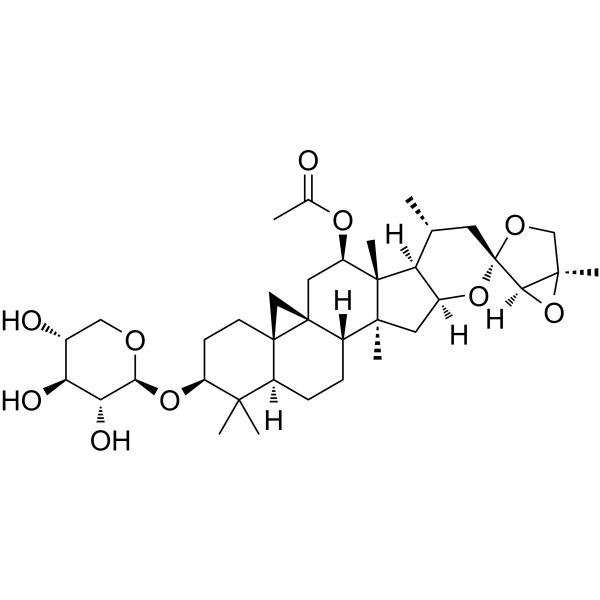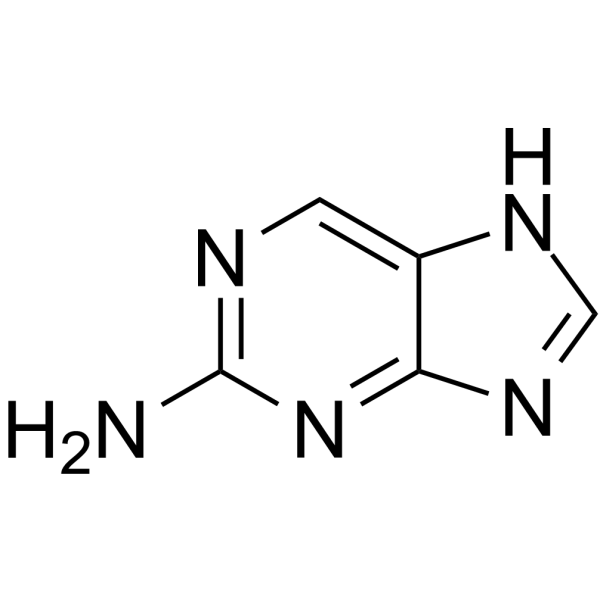|
BP12929
|
(+)-Isocorydine hydrochloride
|
|
|
|
|
(+)-Isocorydine is a eukaryote protein kinases Inhibitor.
|
|
BP12930
|
(±)-Enitociclib
|
|
|
|
|
(±)-BAY-1251152 is a racemic mixture of BAY-1251152. BAY-1251152 is highly selective inhibitor of PTEF/CDK9.
|
|
BP12931
|
(2S,3R)-Voruciclib
|
|
|
|
|
(2S,3R)-Voruciclib is the (2S,3R)-enantiomer of Voruciclib. It is an orally active CDK inhibitor.
|
|
BP12932
|
(E/Z)-ZINC09659342
|
|
|
|
|
(E/Z)-ZINC09659342 is an inhibitor of Lbc-Rho A interaction.
|
|
BP12933
|
(R)-CR8 trihydrochloride
|
|
|
|
|
(R)-CR8 trihydrochloride is a potent inhibitor CDK1/2/5/7/9.
|
|
BP12934
|
Eriodictyol
|
|
|
|
|
Eriodictyol is a flavonoid with anti-inflammatory and antioxidant activities. Eriodictyol may possess antidiabetic properties through increasing glucose uptake and improving insulin resistance. Eriodictyol may be a potential therapeutic resource for Atopic dermatitis and an adjunctive agent to control itchiness inAtopic dermatitis.
|
|
BP12935
|
Lappaol F
|
|
|
|
|
Lappaol F has antioxidant and antiaging properties, it may promote the C. elegans longevity and stress resistance through a JNK-1-DAF-16 cascade. Lappaol F has potential chemosensitizing activity, it may be candidates for developing novel adjuvant anticancer agents. Lappaol F exhibits antitumor activity in vitro and in vivo and has strong potential to be developed as an anticancer therapeutic. Lappaol F strongly inhibited NO production in the LPS-stimulated RAW264.7 cells with the IC(50) value of 9.5 microM.
|
|
BP12936
|
Thymidine
|
|
|
|
|
Thymidine overload due to Thymidine phosphorylase deficiency, and mitochondrial toxicity caused by antiviral Thymidine analogues.
|
|
BP12937
|
10074-A4
|
|
|
|
|
10074-A4 is a c-Myc binding compound that associates with c-Myc370–409 and behaves like a “ligand cloud” around a “protein cloud”, with distinct features from that of a non-binding ligand.
|
|
BP12938
|
1A-116
|
|
|
|
|
1A-116 is a specific Rac1 inhibitor.
|
|
BP12939
|
1-Decarboxy-3-oxo-ceanothic acid
|
|
|
|
|
1-Decarboxy-3-oxo-ceanothic acid shows in vitro cytotoxic activity in a human ovarian adenocarcinoma cell line, the cytotoxic effect is mediated, at least in part, by the induction of apoptosis. It shows cytotoxic against OVCAR-3 and HeLa cancer cell lines, with an IC50 of 2.8 and 6.6 microg/mL, respectively, and an IC50 of 11.3 microg/mL against normal cell line FS-5.
|
|
BP12940
|
1-Hydroxyanthraquinone
|
|
|
|
|
1-Hydroxyanthraquinone is an anthraquinone that has been found in Morinda officinalis and has genotoxic and carcinogenic activities. 1-Hydroxyanthraquinone generates strong DNA repair response.
|
|
BP12941
|
1-Methylcytosine
|
|
|
|
|
1-Methylcytosine is a methylated form of the cytosine and can be used as the nucleobase of hachimoji DNA paired with isoguanine.
|
|
BP12942
|
1-Methylinosine
|
|
|
|
|
1-Methylinosine is a modified nucleotide found at position 37 in tRNA 3' to the anticodon of eukaryotic tRNA and has a role as a metabolite.
|
|
BP12943
|
2,4-Dichlorophenoxyacetic acid
|
|
|
|
|
2,4-Dichlorophenoxyacetic acid is a synthetic auxin used as a plant growth regulator and also used as a supplement in plant cell culture media. It is an active ingredient in herbicides used to disrupts the actin cytoskeleton for the control of root elongation and cell production.
|
|
BP12944
|
2′-Deoxy-2′-fluoroguanosine
|
|
|
|
|
2′-Deoxy-2′-fluoroguanosine is a nucleoside analog that potently inhibits influenza virus A and B strains(EC90 <0.35 μM). 2'-Deoxy-2'-fluoroguanosine is an inhibitor of influenza virus replication in the upper respiratory tract, improving fever and nasal inflammation.
|
|
BP12945
|
2′-O-Methylcytidine
|
|
|
|
|
2′-O-Methylcytidine inhibits NS5B-catalyzed RNA synthesis in vitro, in a manner that is competitive with substrate nucleoside triphosphate. 2′-O-Methylcytidine inhibits HCV RNA replication.
|
|
BP12946
|
26-Deoxyactein
|
|
|
|
|
23-epi-26-Deoxyactein has anti-inflammatory activity, it inhibits nitric oxide production by reducing iNOS expression without affecting activity of the enzyme. It also has anti-cancer activity, it can inhibit growth of the MCF7 human breast cancer cells and induce cell cycle arrest at G1.
|
|
BP12947
|
2-Aminopurine
|
|
|
|
|
2-Aminopurine is a double-stranded RNA-dependent protein kinase, protein kinase R (PKR) inhibitor.
|
|
BP12948
|
2-Chloropyrazine
|
|
|
|
|
2-Chloropyrazine is used in chemical industry.
|
-Isocorydine hydrochloride.gif)
-Enitociclib.gif)
-Voruciclib.gif)
-ZINC09659342.gif)
-CR8 trihydrochloride.gif)
